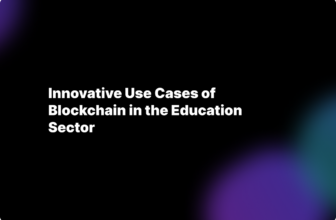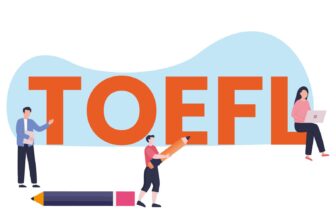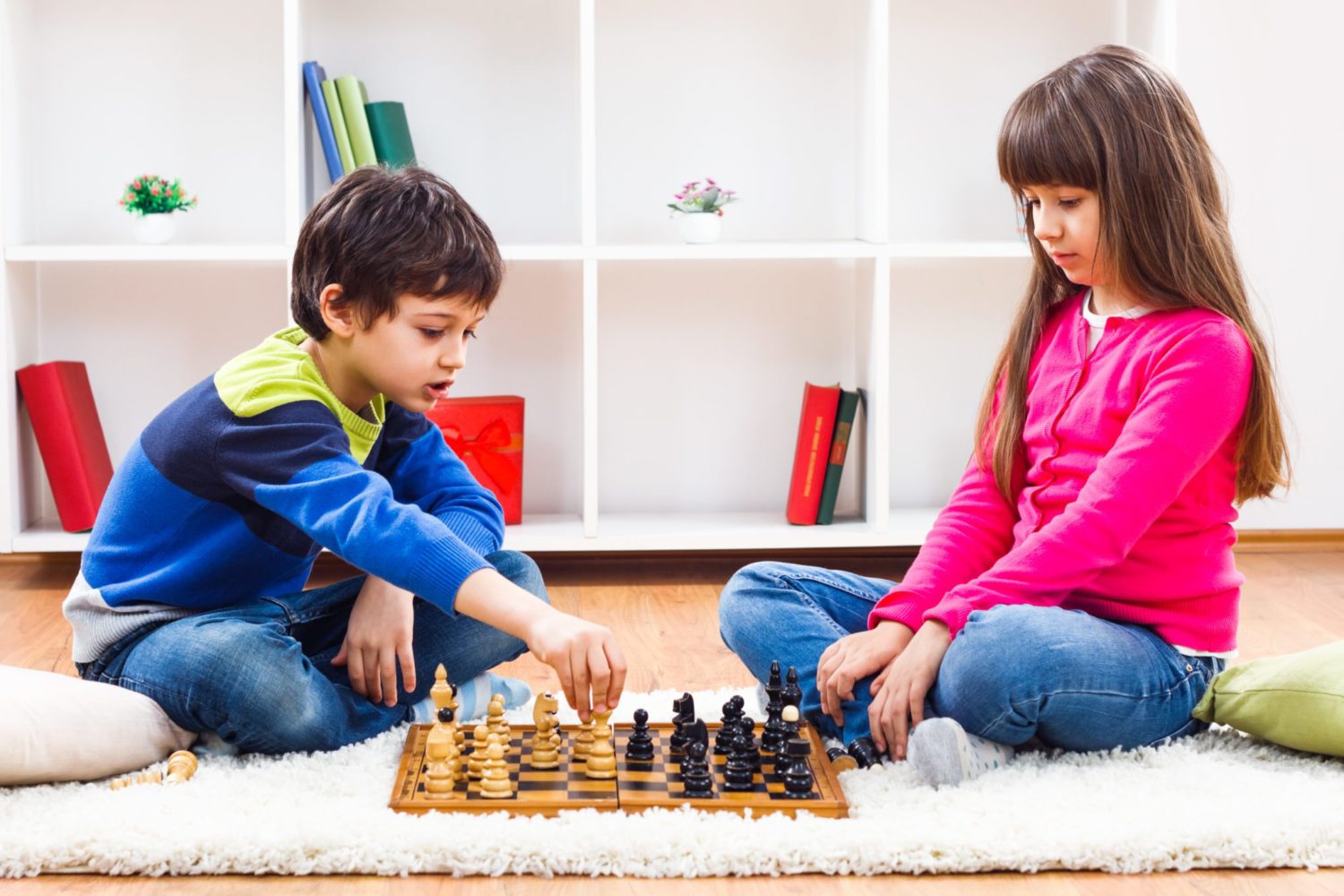
In today’s fast-paced world, creativity is not just an asset but a necessity. The ability to think outside the box, innovate, and approach problems with fresh perspectives is invaluable in almost every field. But how do you cultivate such a vital skill in young children, ensuring they grow into imaginative adults capable of leading change and innovation?
The answer lies in hands-on learning—a dynamic and interactive approach that inspires creativity from the earliest stages of development. With that in mind, this article will explore its definition, its benefits, and the various ways in which hands-on learning can be implemented to spark creativity in young minds.
Table of Contents
What Is Hands-On Learning?

img source: springfreetrampoline.ca
Hands-on learning is an educational approach that emphasizes direct, active participation and engagement in the learning process, much like the nurturing environment found in childcare in Brookvale or any preschool in your location. Unlike traditional lecture-based learning, where students passively receive information, hands-on learning involves students in a tactile and experiential process. This method encourages learners to interact with materials, tools, and their environment to gain a deeper understanding of the subject matter.
At its core, hands-on learning is about doing rather than just listening or observing. It allows students to experiment, solve problems, and apply what they’ve learned in practical settings. This approach is built on the belief that learning is most effective when students are actively involved in the creation of their knowledge and when they can see the real-world application of what they are studying.
Benefits Of Hands-On Learning
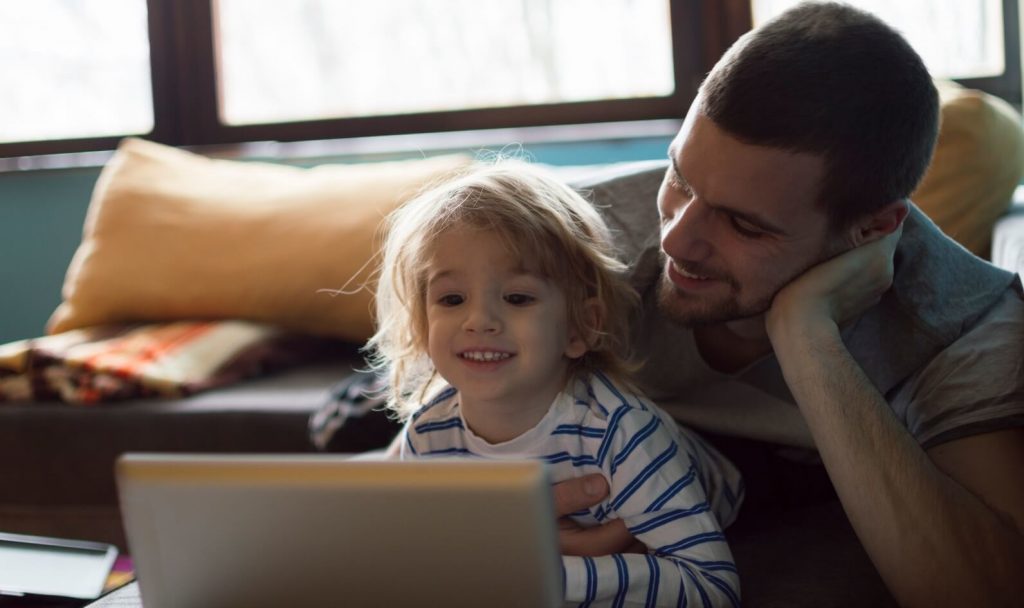
img source: pbskids.org
This method of learning not only enhances academic understanding but also develops a wide range of skills and attributes essential for personal and professional success. Here are some key benefits of hands-on learning:
1. Enhanced Understanding And Retention
Hands-on learning transforms abstract concepts into tangible experiences, making it easier for students to grasp and internalize complex ideas. When students physically engage with the material, they are more likely to remember what they’ve learned, thanks to the multisensory experience that anchors the information in their memory.
2. Development Of Critical Thinking And Problem-Solving Skills
Engaging in hands-on activities requires students to analyze situations, make decisions, and solve problems. This active involvement fosters critical thinking skills, encouraging learners to approach problems from multiple perspectives and devise innovative solutions.
3. Increased Engagement And Motivation
Hands-on learning activities are typically more engaging than traditional lecture-based instruction. When students find the learning process enjoyable and relevant, they are more motivated to participate and invest in their education. This increased engagement can lead to a deeper commitment to learning and a greater willingness to explore new concepts.
4. Fostering Creativity And Innovation
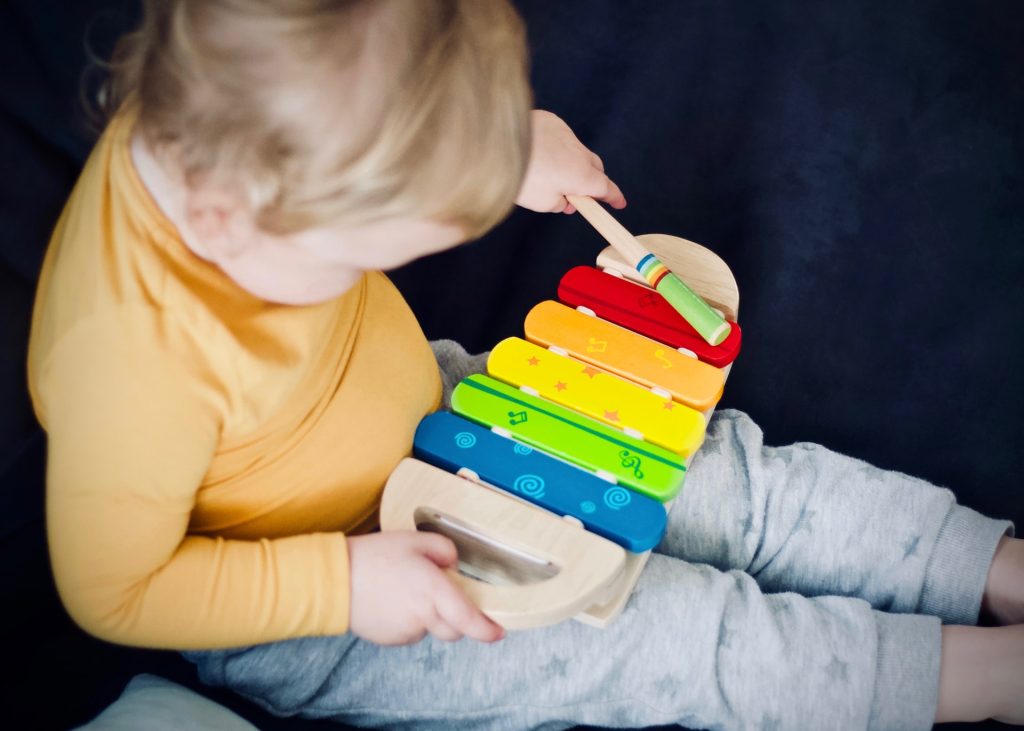
Source: unsplash.com
By providing opportunities for experimentation and exploration, hands-on learning encourages students to think creatively and try out new ideas without fear of failure. This environment of experimentation nurtures innovative thinking and allows students to express their creativity in practical and meaningful ways.
5. Improvement Of Social Skills And Collaboration
Many hands-on learning activities are designed to be completed in groups, requiring students to collaborate, communicate, and work effectively as a team. This social aspect of learning helps develop interpersonal skills, empathy, and the ability to work well with others—a crucial skill set in both personal and professional contexts.
6. Real-World Application And Relevance
Hands-on learning often involves real-world problems and scenarios, which help students understand the practical applications of their studies. This connection between academic concepts and real-life relevance can inspire students to pursue further learning and explore how they can contribute to solving real-world issues.
7. Development Of Physical Skills
Depending on the activity, hands-on learning can also help in developing fine motor skills, coordination, and spatial awareness. Activities such as building models, conducting experiments, or creating art pieces require precise movements and manipulation of materials, contributing to the physical development of the learner.
8. Personalized Learning Experience
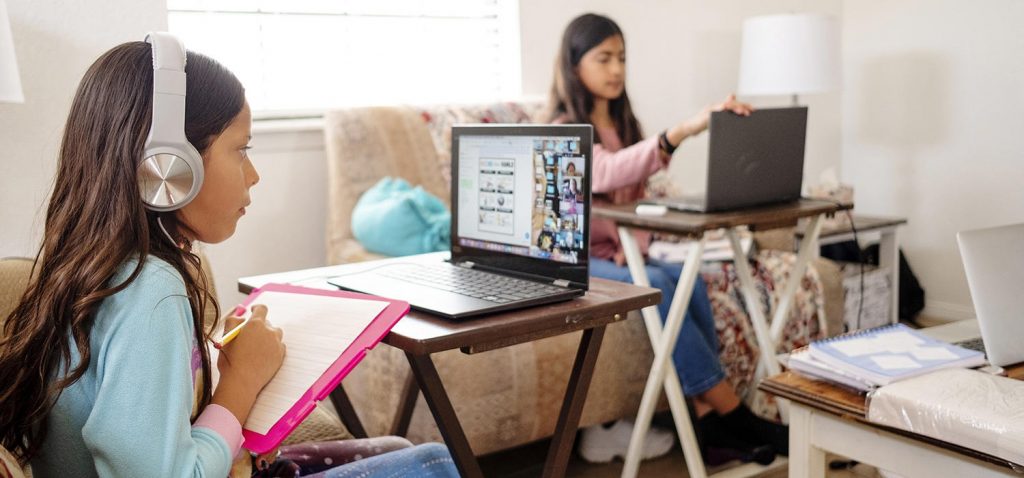
img source: urban.org
Hands-on learning allows for a more personalized educational experience, accommodating different learning styles and paces. Students can learn through trial and error in a way that suits their personal learning preferences, which can be especially beneficial for those who may struggle with traditional learning methods.
9. Boosts Confidence And Self-Efficacy
Successfully completing hands-on projects gives students a sense of accomplishment and boosts their confidence in their abilities. This increased self-efficacy can encourage students to take on new challenges and believe in their capacity to succeed.
10. Preparation For Future Careers
Hands-on learning experiences are closely aligned with many professional tasks and responsibilities. By acquiring practical skills and knowledge through hands-on activities, students are better prepared for the demands of the workplace and future careers, particularly in fields that require technical expertise, creativity, and problem-solving abilities.
Practical Ways To Implement Hands-On Learning
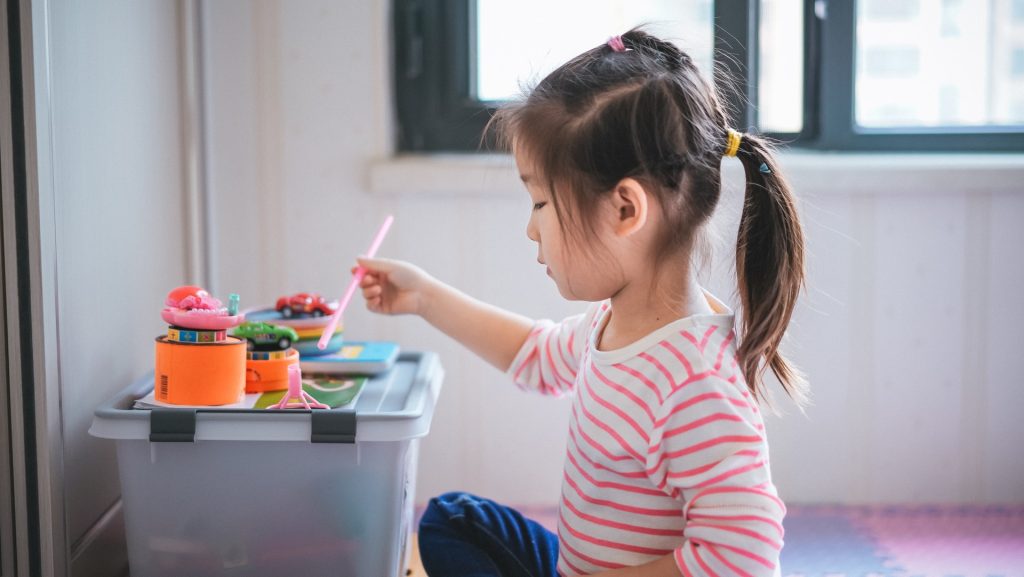
Source: unsplash.com
Implementing hands-on learning involves integrating engaging, practical experiences into educational settings, whether in classrooms, homes, or community spaces. This approach can significantly enhance learning by making it more relevant and engaging for students of all ages. Here are several effective ways to implement hands-on learning:
1. Incorporating Project-Based Learning
Project-based learning is a dynamic approach where students apply knowledge to real-world problems, engaging in planning, researching, executing, and presenting projects. This method fosters a deep understanding of the subject matter as students navigate through challenges, collaborate with peers, and develop solutions to tangible issues.
2. Using Manipulatives For Abstract Concepts
To teach abstract concepts, especially in math and science, incorporating manipulatives like blocks, shapes, or interactive models can be highly effective. These physical tools help students visualize complex ideas, making it easier for them to grasp and internalize difficult concepts. Manipulatives bridge the gap between abstract thinking and tangible understanding, facilitating a more profound comprehension and retention of the subject matter.
3. Engaging In Experiential Learning Activities
Field trips, nature walks, and museum visits, as forms of experiential learning activities, provide students with direct, immersive experiences that enrich their understanding of various topics. These activities extend learning beyond the classroom, allowing students to observe, participate, and engage with real-world environments.
4. Implementing Laboratory Experiments
Laboratory experiments are typical hands-on activities that allow students to explore scientific principles through testing hypotheses and observing outcomes. This method encourages a hands-on approach to science, where students learn through trial and error, develop critical thinking skills, and gain a practical understanding of how scientific concepts apply in the real world.
5. Introducing Arts And Crafts

Source: unclecu.org
Incorporating arts and crafts into the curriculum encourages creativity and self-expression among students. Through art projects, students explore different mediums, express their ideas visually, and develop fine motor skills. This creative outlet enhances learning in other subject areas by allowing students to represent concepts artistically, fostering a deeper engagement and understanding of the material.
6. Utilizing Technology And Digital Tools
The integration of technology and digital tools into hands-on learning provides modern and relevant experiences. From coding and digital storytelling to virtual simulations, technology offers interactive opportunities that traditional methods cannot. It prepares students for the digital world, making learning engaging and applicable to real-life technological applications.
7. Facilitating Role-playing And Simulations
Role-playing and simulations immerse students in dynamic scenarios where they can assume the roles of historical figures, scientific concepts, or literary characters. This method allows students to explore different perspectives, apply their learning in varied contexts, and develop empathy.
8. Encouraging Problem-solving Challenges
Organizing problem-solving challenges, like robotics contests or engineering challenges, stimulates critical thinking, collaboration, and innovation among students. These competitions provide a platform for students to apply their knowledge, think creatively to solve problems and work effectively in teams.
9. Cultivating A Maker Culture
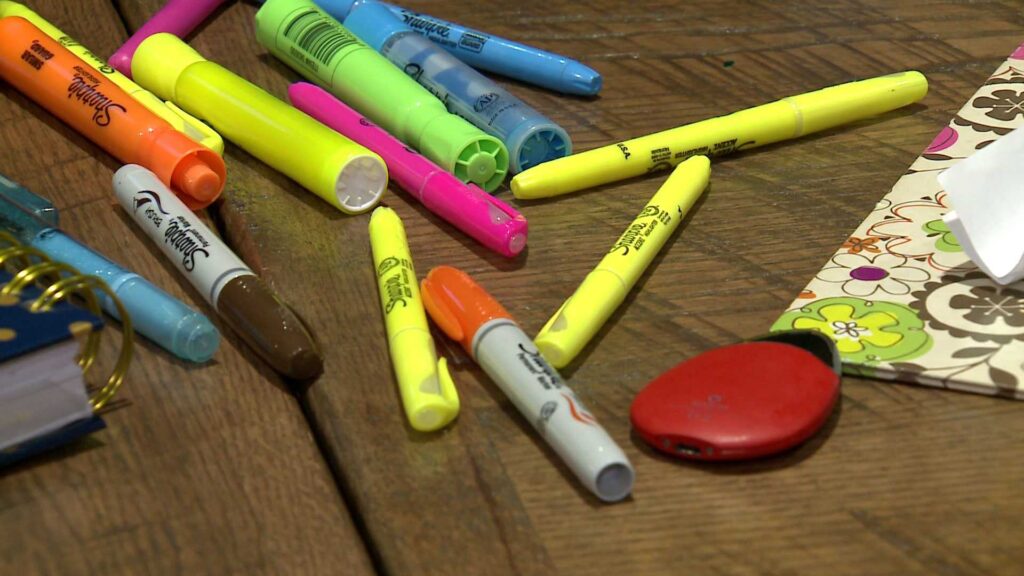
Source: wisn.com
Establishing a maker space equipped with diverse materials and tools for building, inventing, and creating encourages a culture of experimentation and innovation. A maker culture empowers students to tinker, design, and prototype, developing practical skills and a hands-on understanding of concepts.
10. Providing Opportunities For Personal Exploration
Allowing students the freedom to pursue their interests and projects within the curriculum fosters independence and self-motivation. Personal exploration lets students delve deeper into subjects they’re passionate about, encouraging a more engaged and personalized learning experience. This autonomy in learning helps cultivate a lifelong love for discovery and exploration.
Conclusion
In reflecting on the significance of hands-on learning, its influence on young minds prepares them not merely for academic success but for a lifetime of creative thinking and problem-solving. With its focus on exploration, experimentation, and expression, hands-on learning stands out as a potent tool in inspiring creativity in children, shaping them into the inventive, adaptable, and forward-thinking individuals that the global community needs.





